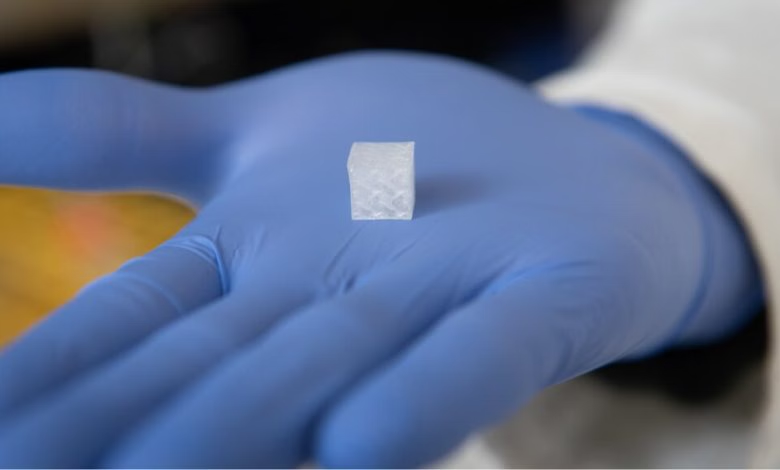In a pioneering experiment, the Wake Forest Institute for Regenerative Medicine (WFIRM) is sending 3D bioprinted liver tissue to the International Space Station (ISS) to study its development in microgravity. The investigation, sponsored by the ISS National Laboratory, launched aboard SpaceX’s 33rd Commercial Resupply Services mission.
This groundbreaking research aims to address the challenges of creating large, functional tissues on Earth. While WFIRM has successfully engineered liver constructs with vascular channels that survive for 30 days in a lab setting, scaling these up is difficult. In Earth’s gravity, it is a challenge to provide sufficient oxygen and nutrients to thick, bioprinted tissues.
By sending the tissue to space, researchers hope to determine if microgravity can improve the development and maturation of the bioprinted liver tissue. The experiment will utilize Redwire Space’s Multi-Use Variable-Gravity Platform (MVP) facility to observe the vascularization process over a 30-day period.
“This collaborative investigation has the potential to yield remarkable results,” said James Yoo, a professor at WFIRM leading the investigation. “By leveraging bioprinting technologies, we’ve created gel-like frameworks with channels for oxygen and nutrient flow that mimic natural blood vessels, opening up new possibilities for medical treatments both on Earth and in space.”
The findings from this experiment could lead to improved bioprinting techniques, with the ultimate goal of creating full-scale organs for transplantation and addressing the worldwide organ shortage. The research builds on the success of WFIRM teams in NASA’s Vascular Tissue Challenge, a competition designed to accelerate tissue engineering innovations.


